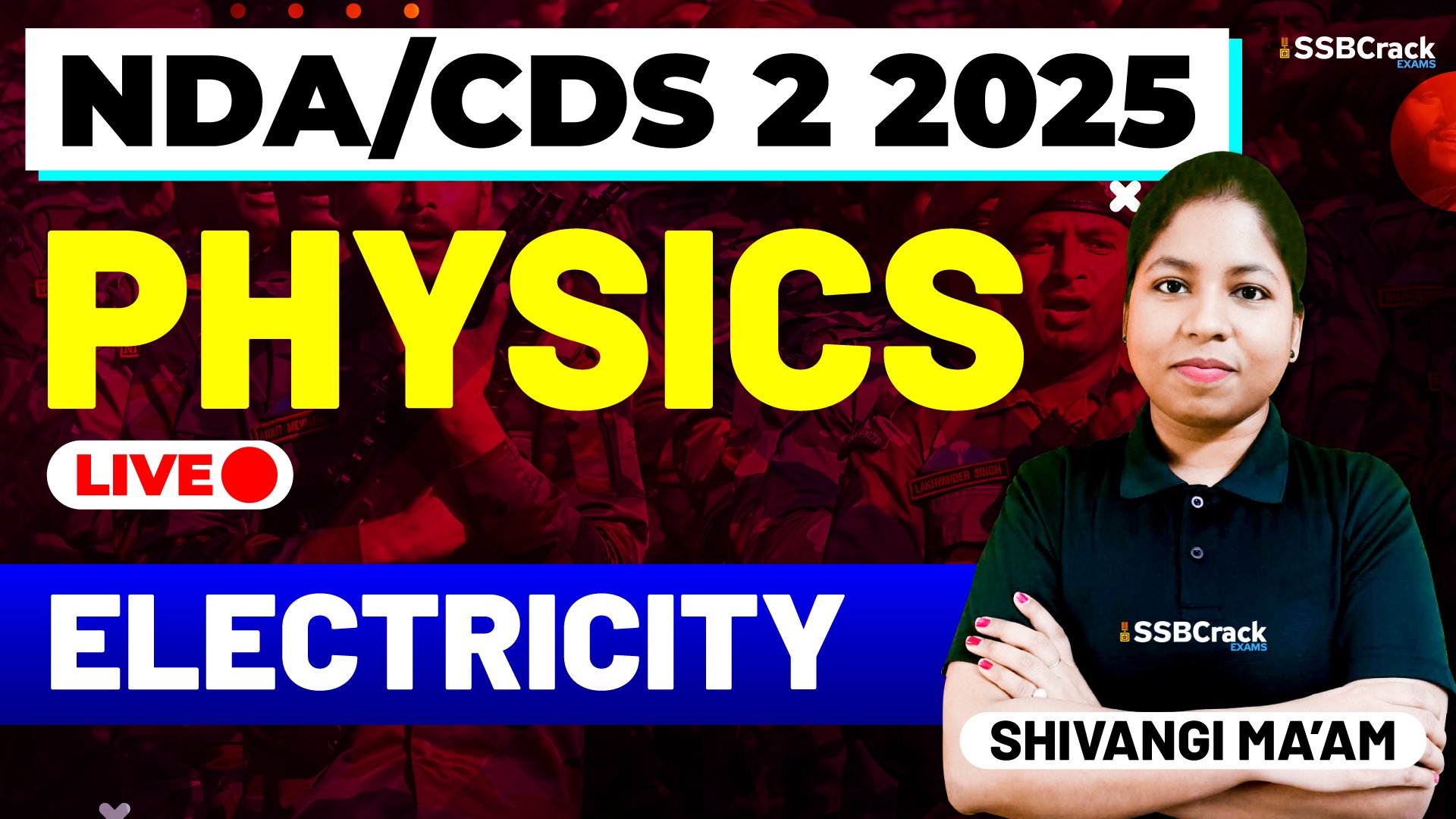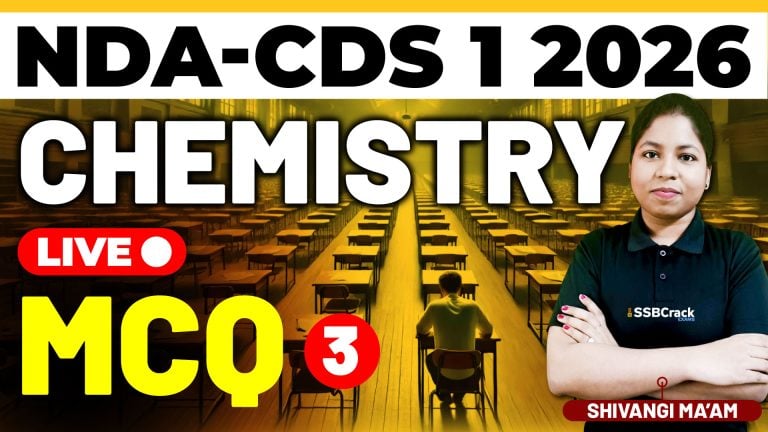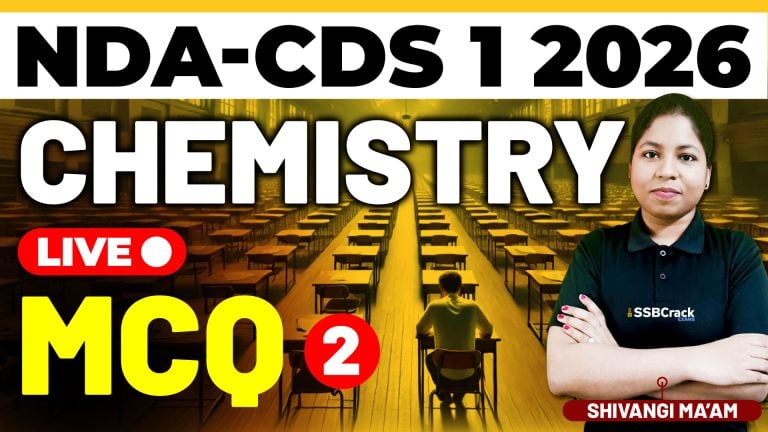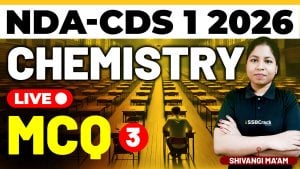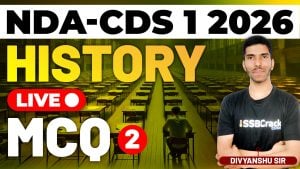In today’s session of the NDA and CDS 2025 Physics classes, we explored the foundational concepts of Electricity, a crucial topic for competitive exams as well as understanding real-world applications. The class focused on building a strong base by covering essential topics such as Electric Charge, Coulomb’s Law, Electric Current, Kirchhoff’s Laws, and the behavior of Resistances in series and parallel combinations.
Electric Charge and Coulomb’s Law
We began by understanding electric charge, the fundamental property of matter responsible for all electrical phenomena. The concept of positive and negative charges, along with their interaction, was introduced. Moving ahead, we discussed Coulomb’s Law, which mathematically defines the force between two point charges. The law highlights that the force is directly proportional to the product of charges and inversely proportional to the square of the distance between them.
Electric Current
The class then progressed to the idea of electric current, defined as the flow of electric charges in a conductor. We discussed the direction of current, difference between conventional current and electron flow, and its relation to voltage and resistance using Ohm’s Law.
Kirchhoff’s Laws
A major highlight was Kirchhoff’s Laws, essential for solving complex circuits.
- Kirchhoff’s Current Law (KCL) emphasizes the conservation of charge at a junction, stating that the sum of currents entering a junction equals the sum of currents leaving it.
- Kirchhoff’s Voltage Law (KVL) is based on the conservation of energy, asserting that the sum of potential differences in a closed loop is zero.
Resistance in Series and Parallel
Finally, we examined how resistors behave when connected in different configurations.
- In a series connection, the total resistance is the sum of individual resistances, leading to the same current flowing through all components.
- In a parallel connection, the reciprocal of total resistance equals the sum of reciprocals of individual resistances, resulting in equal voltage across all branches.
Conclusion
Today’s class laid the groundwork for understanding electricity, bridging theoretical concepts with practical applications. These topics are not only vital for the NDA and CDS 2025 examinations but also form the core of electrical science. By mastering charge, Coulomb’s law, current, Kirchhoff’s laws, and resistance combinations, students gain the ability to analyze and solve a wide range of circuit-related problems, setting a strong foundation for more advanced topics in physics.
